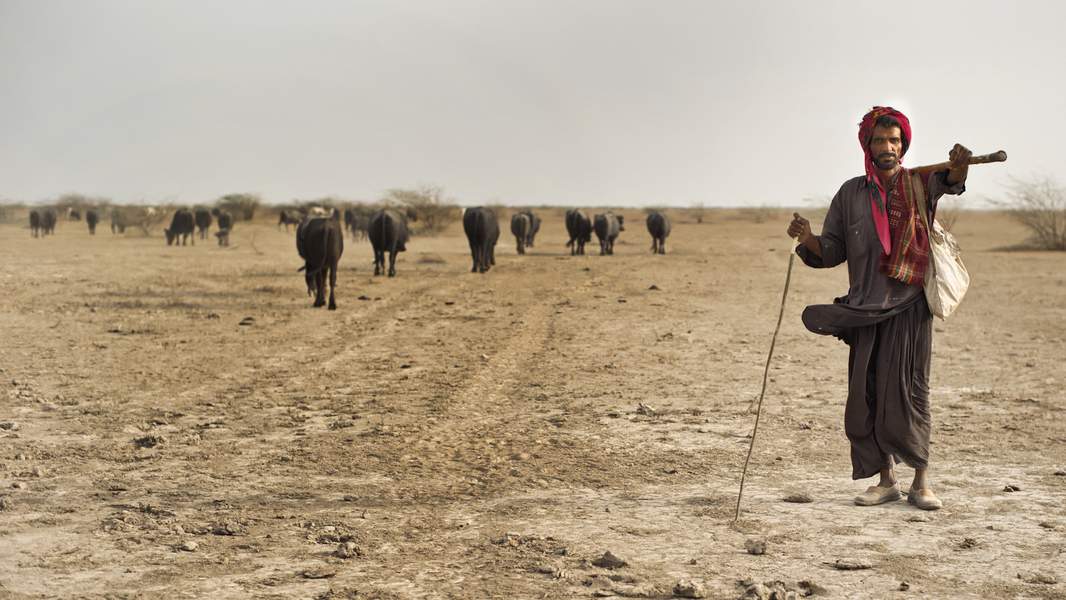Accurate numbers are hard to come by, but there are 10 to 20 million pastoralists distributed over more than 50 distinct communities, with a presence in most states in the country. Indian pastoralism occurs across three broad geographies – the Himalaya, the arid and semi-arid lands of western India and large parts of the semi-arid Deccan Plateau. Animal management follows a very different logic in each of these. Within the Himalaya, herders spend the summers and monsoons at high altitudes, grazing their animals on highly productive alpine pastures. Their winters are spent grazing scrub forests in the Himalayan foothills, and time in between is spent migrating between the two, often over distances exceeding 200 kilometers. Animals are penned on farmers’ fields in the wintering areas. Apart from this, many herding communities own private land that family members cultivate as a separate income source.
In Western India and the Deccan Plateau, pastoral movement is more closely aligned to rainfall events, with herders ranging far and wide during the hot season. During this time they often provide penning services ahead of the monsoon when they return to their home bases as vegetation and fodder is plentiful in the rains.
The pastoralists of the Deccan are dependent on agricultural residue in the Deccan to a much greater extent than those in the arid and semi arid regions of Western India, where there is far greater dependency on the commons. Another key difference is that pastoralists in Western India own little or no agricultural land. They are largely landless unlike their Deccan counterparts who have some land holdings and traditionally practice subsistence farming when they return from their migratory travels in the monsoons.







